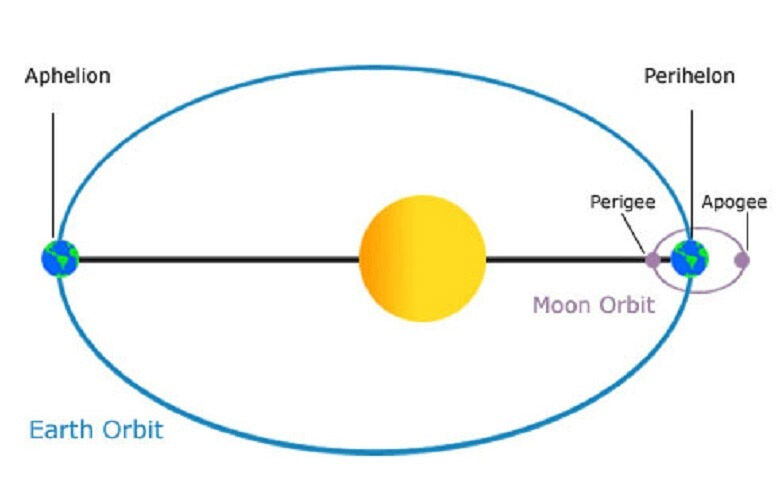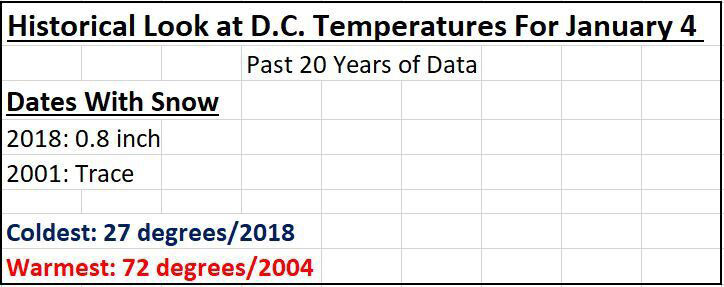The D.C. area has sprung into spring early this week with record warmth to kick off 2023. The “heat” spell just happens to be coincidental with Perihelion Day this year!
Simply put, there is a day each year where the Earth’s elliptical orbit makes its closest approach to the sun (known as perihelion) and a day when Earth is farthest from the sun (known as aphelion).
Wednesday is Perihelion Day, and the Earth is closest it will be to the sun all year! What does this mean? Even though we won’t see much sunshine — thanks to an approaching storm system — in reality, the sun will appear about 3% larger in the sky than any other day this year.

Perihelion always happens within the first week of January while the opposite, aphelion, occurs in late June to early July. Our temperatures are colder in January than July because our patch of real estate (the Northern Hemisphere) is tilted away from the sun in the winter.
If you are keeping score, the Earth is 91.4 million miles from the sun during Perihelion and 94.4 million miles from the sun during aphelion.
Sunlight is about 7% more intense in early January during perihelion than July during aphelion, according to Roy Spencer of the Global Hydrology and Climate Center in Huntsville, Alabama.
Just for grins, we checked high temperatures on Jan. 4 through the past 20 years to see if the D.C. area tends to have any extremes. It turns out only two years within the last 20 have seen snow in D.C. It also turns out the second warmest record high for Jan. 4 occurred 19 years ago while the second coldest high temperature was just five years ago. So, no apparent trend for temperatures can be seen on Perihelion Day in D.C.

If you do catch a ray or two of sun on this likely overcast day, just remember how cozy we are with the bright ball in the sky today!
Otherwise, check out the up-to-date forecast and stay with WTOP for the latest weather forecast on the 8’s.








